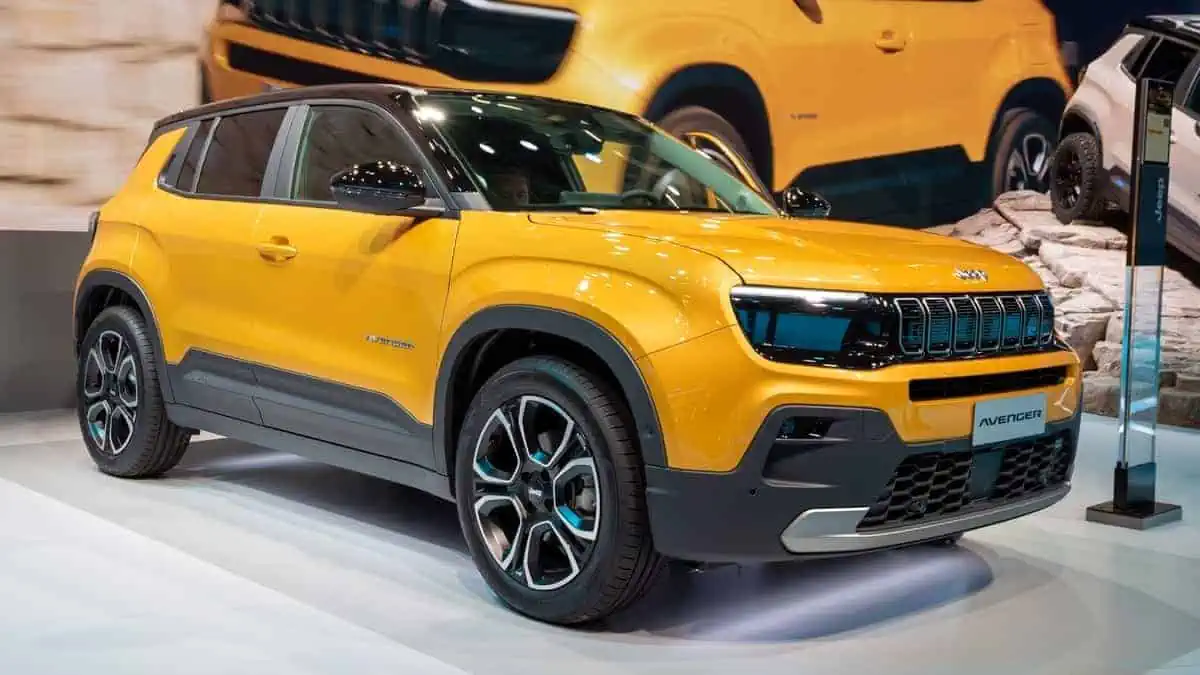Italy‘s formerly bright electric vehicle market continued to deteriorate with a meager 3.1% share for roughly 3,695 registrations in October, as reported by CleanTechnica. It was a massive 48.1% year-on-year drop from 7,123 registrations just a year prior, when BEVs had risen to almost 7% of the market.
Italy’s car sales in October
Overall car sales
Approximately 117,000 cars were registered in October, according to official UNRAE statistics. It represents an increase of 14% YoY from less than 103,000 in the same month last year.
Petrol and Diesel powered-vehicles sales
Interestingly, petrol and diesel-powered vehicles saw a gain in market share year over year.
Petrol-powered vehicles contributed 27.4% from 25.8% last year, while Diesel-powered gained 18.7% from 18.1% last year. However, their total market share has consistently fallen below 50%.
Plugless hybrids sales
The market share of plugless hybrids increased to almost a peak of 36.3% in 2022, solidifying their position as the industry leader.
Plugin hybrid sales
Plugin hybrids registered 6,116 vehicles and held a 5.2% market share. It had a significant YoY gain of 17.4% from 5,209 units when it had a 5.1% share last year.
Plugin sales
Due to PHEVs’ strong performance, the entire market share for plugin vehicle sales reached 8.3%. Although it is higher than recent summer lows, the remarkable 12% share of October 2021 is still far off.
Notably, this level was achieved by a low BEV-to-PHEV ratio, which defies the general trends seen in all other significant automobile markets.
What factors contribute to the downturn in electric vehicle sales in Italy?
Supply shortages and priorities
Due to continued supply shortages and automakers’ preference for other European markets, BEV deliveries in Italy may have been lower than typical at the beginning of the fourth quarter.
One can only hope that this is the lowest from which BEVs will rise in the future; yet, with winter physically and symbolically on the horizon, one cannot be too certain.
The top 10 BEV chart for October appears proportionally deflated as BEV sales decline
Smart ForTwo landed first place with an unimpressive 468 registrations. Obviously, the two-seat city car is still a popular choice in Italy’s urban areas. The Fiat 500e (397 units) was overtaken by the Renault Twingo ZE, which came in second with 419 units.
Following the winner off the podium were various B- and C-segment vehicles. Renault’s Megane E-Tech appeared above the VW ID.3 and the Volkswagen Group platform brothers Audi Q4 e-tron and Cupra Born.
Low-margin models are disproportionately affected by the prevalent tiny BEVs’ poor performance due to diminished incentives. Additionally, it brought attention to new BEVs from middle-sector brands with larger price tags, particularly during a month when there were no Tesla deliveries.
Hopefully, BEV figures will stabilize when supply and demand hit their equilibrium toward the year’s end. However, it is now certain that Italy will have negative progress for electric vehicles and a difficult route forward into 2023.






